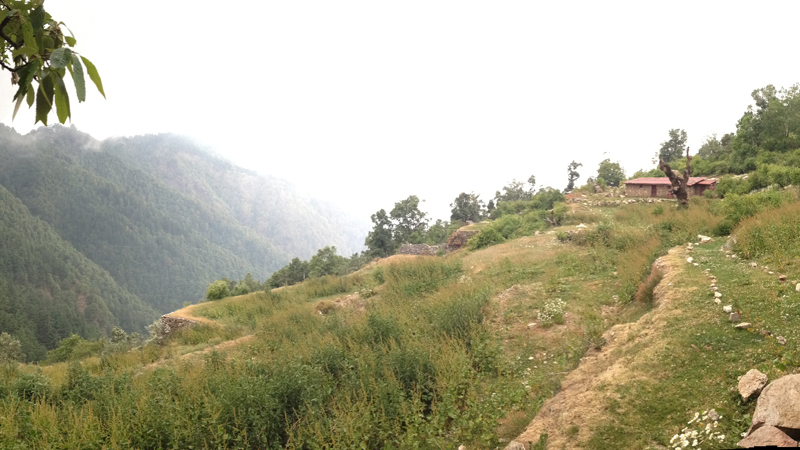History
The area where the Jabarkhet Nature Reserve is situated has a long and interesting history, which we have been able to trace from the time when the early records were kept by the British owners. Prior to that, the area must have been used and managed as community forests by the local villagers living here.
Ownership: Records dating back to the mid-1800s show that the property was originally known as Rockville and acquired by a Dr Wright. It was sold in 1858 to Lt Col R.H. Seals. The property at the time consisted of 952 acres of mostly oak and pine forest. After the death of Col Seals in 1859, the property was mortgaged to the Delhi & London Bank. In 1875, it was bought by Mrs I. B. Brown, wife of the then Deputy Collector of Allahabad. In 1876, it was mortgaged to the Agra Savings Bank, which took possession in 1887 due to the owners not being able to meet their obligations. In 1888, the Bank formally purchased the property.
In 1903, the property was sold to Lala Khub Chand of Saharanpur and after his death, it was sold to Lala Parma Nand and Lala Ram Prasad Jain in 1929. It then passed on to their heirs and in 1970, was divided into three parts of approximately 300 acres each, between three brothers, Shri Jinenedra Prashad Jain (J. P Jain), Shri Narendra Prasad Jain and Shri Hemendra Kumar Jain. The estate was now known as Jabarkhet Estate I, II and III. The current owners of Jabarkhet Estate I, part of which forms the Jabarkhet Nature Reserve, are Shri Vipul Jain and Mrs Archna Garg, the descendants of Shri J.P. Jain.
Early Management: During the 1800s, the main purpose of the Estate, like most other forests in the area, was to generate income through the sale of wood for charcoal to meet the needs of the Mussoorie town, the brewery and the cantonment. Until 1887, this cutting and selling of wood seems to have been unabated until the Mussoorie Municipality sent a notice to the Estate Manager asking him to stop the further felling of trees and expressed concern about “large scale tree felling” and “laying the hillside bare”. This appears to be the first attempt at managing the unchecked exploitation of the forest in some way.
Following the transfer of the area from European to Indian hands, the forests were managed according to various working plans. In the 1960s, a formal working plan was made by the estate owners in partnership with the Forest Department, one of the first private forests to work towards environmental sustainability. The working plan divided the forest into 50 compartments and each year certain compartments were taken up for logging, removing dead and fallen trees and plantation. All of this activity was carried under the supervision of the Forest Department. The idea was to harvest the forest to meet the local needs of firewood, timber and charcoal, while ensuring adequate regeneration and sustainability.



